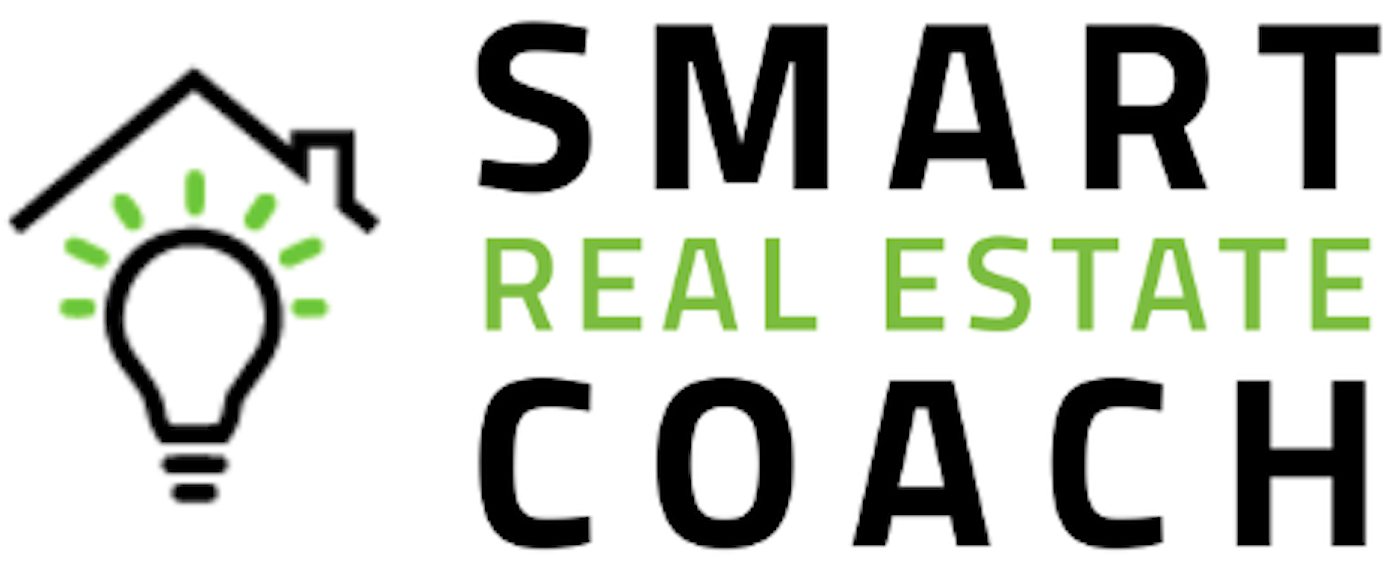
27 Oct How to Structure Owner Financing

Okay, you’ve just started investing in real estate, and you’ve got your first owner financing deal. Congratulations. This is a huge deal for you! Owner financing is one of our favorite ways to invest in real estate, but you have to be sure you’re structuring the deal correctly so you get the best return on your investment possible. Understanding how to structure owner financing is a great way to promote success in real estate investing
As you probably already know, we like structuring all our deals so that we get 3 Paydays™ with most of our investments.
However, what if we told you that it’s possible to have a fourth payday?
The Structure
Back in 2015, we got a contract on a house contingent on a buyer. But, even with the contingency, it was a no-brainer based on the location of the property.
Our contract was owner financing with a selling price of $183,900. We told the seller we would pay $923 a month in principal payments. Principal payments are the key here. With principal-only payments, you’re not paying any interest, which saves you tons of money.
We also said we would put a whopping $900 down to purchase the home along with our monthly payments.
With our down payment, the seller was financing a total of $183,000 for 48 months. The 48-month contract is the key to the fourth payday, so be sure to keep reading to discover why.
Once the contract was complete, we went and sold the property.
Now, a lot of people ask where the $183,000 valuation of the home came from. Well, this home was originally on the market with a real estate agent, so I looked at the market price and took off the commission, then rounded down just a teeny bit and told the seller that we were offering full price for the home.
Within about ten minutes of receiving this offer, the seller accepted.
Then, we turned around and sold the home, and this may be a little off, but we’re going to say we sold the property for $229,900. That’s a profit of $46,900–which is our Payday #1.
Then, we did a monthly payment for our buyer (a rent-to-own contract) at $1,500 a month. So that’s a profit of $577 a month for 48 months, which totals $27,696. This is our second payday.
Just on these two paydays, you’re making about $75,000.
Typically, when we have our 3 Paydays™, the next payday is when the rent-to-own buyer stops renting and pays us what we owe on the house. This day is still going to happen. However, we did say we have a fourth payday option, and I want to share with you what it is.
The Fourth Payday
So, about two years into our four-year contract, I sent out an email to the original seller of this home. The email essentially said, “Hey, I have some extra cash coming in, and I was wondering if I could pay your $6,200 toward the home in exchange for extending the term of the buying agreement. If you accept, I will wire you the money, and our agreement will extend from 48 months to 52 months. Alternatively, I could pay your $12,400, and we could extend the agreement to 64 months. Would either of these interest you?” (find the actual email language in our YouTube video here).
At first, the seller didn’t accept the offer, but a few months later, they asked if they could take me up on the offer, and I said yes. We extended the contract for another year with the option to extend it again the following year. But, by paying down the amount owed ($183,000) and extending the contract, we were able to increase the amount of rent we were getting from our buyers.
In this case, our buyers weren’t in a hurry to cash out and buy the property from us. They were happy to continue making payments to us, and the more months we can extend our lease with our buyers, the more monthly payments we get and the more monthly income.
To discover more about how to structure owner financing, be sure to watch our whole deal structure video.
What Makes Owner Financing Work?
Why is owner financing one of our favorite strategies for real estate investing?
The simple answer is that it can give us the biggest return on investment. However, it is more complicated than that.
With owner financing, you don’t need to put down a considerable deposit. Because the sellers don’t need quick cash, they’re likely not going to care about having a large down payment. It is truly one of the best ways for beginning investors to purchase their first property.
Plus, once the property is purchased, it has great earning potential, so you can start investing in other homes more quickly. And with the extra cash from the owner-financed property, you can begin exploring other real estate investment opportunities.
If you would like to learn more about how to invest in real estate creatively, be sure to check out all the Quantum Leap System home study course in our Wicked Smart Academy.
Don’t forget! Get your free copy of our Real Estate Investor’s Blueprint. Just fill out the form to the right and we’ll email you our step-by-step guide to getting into investing and owning more homes without using your cash or credit.



